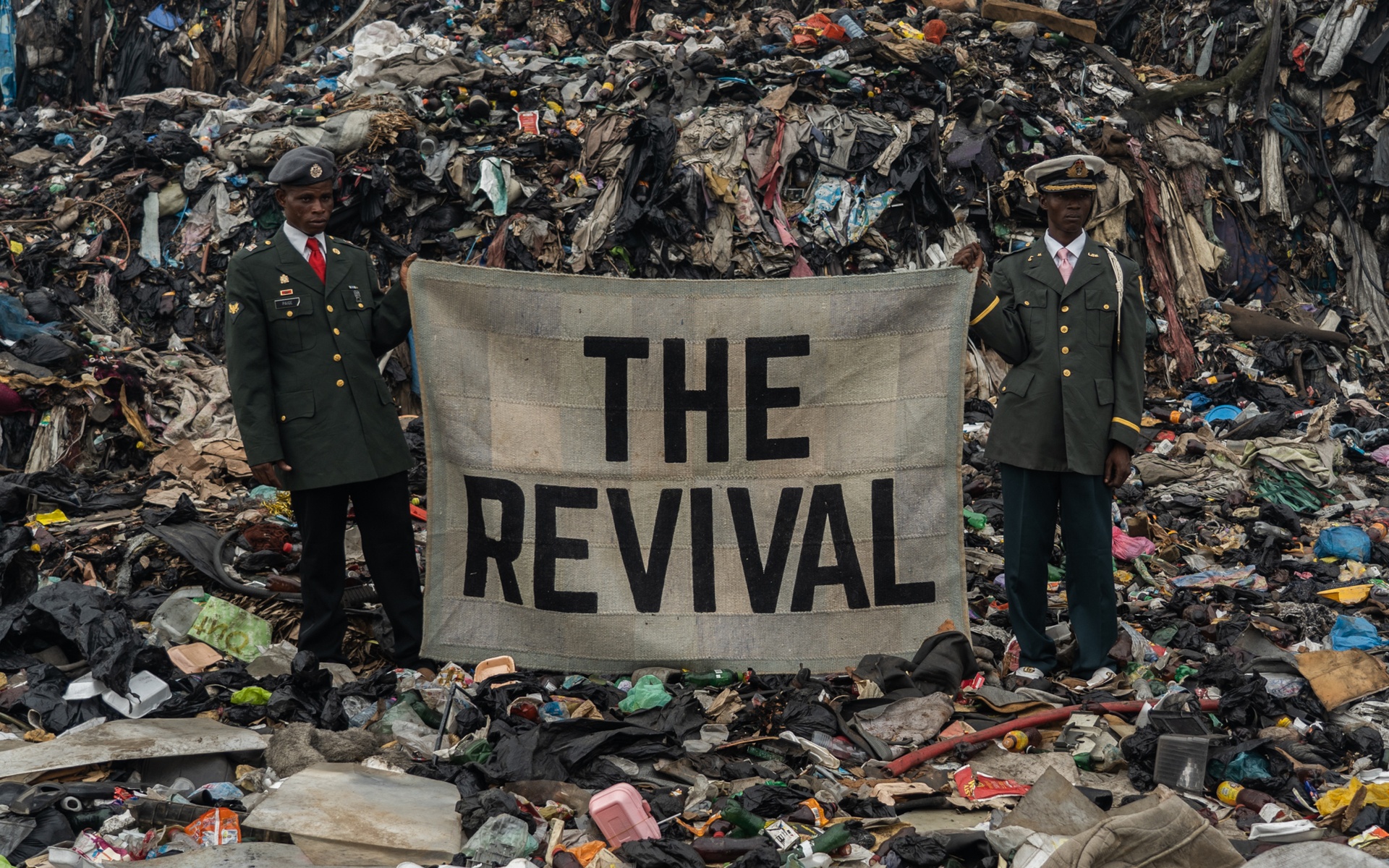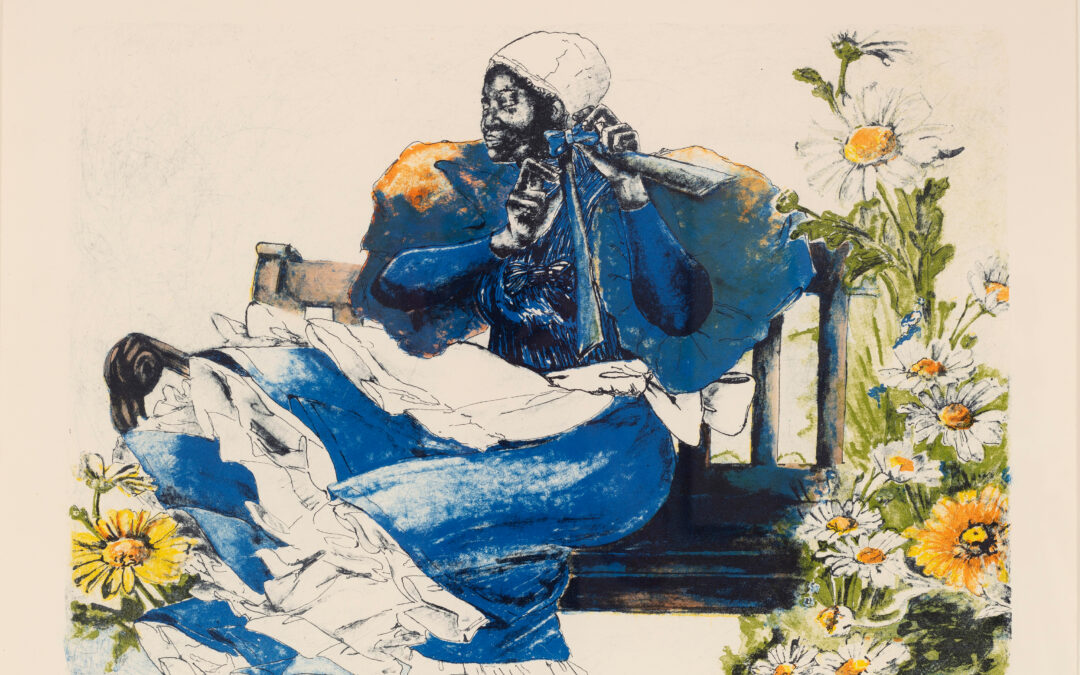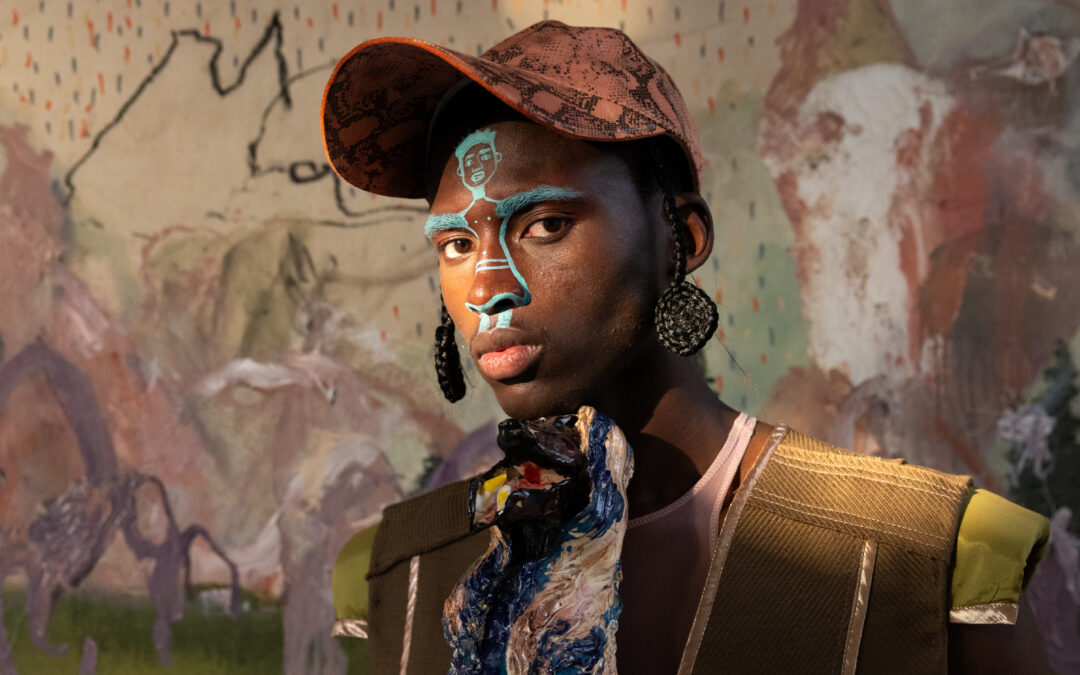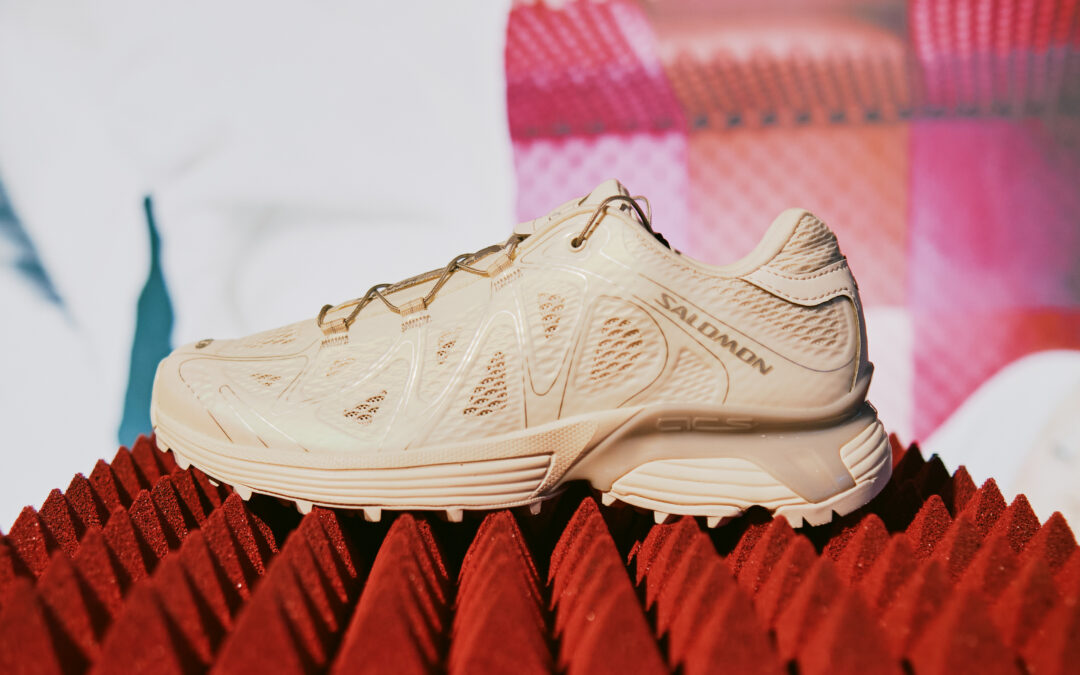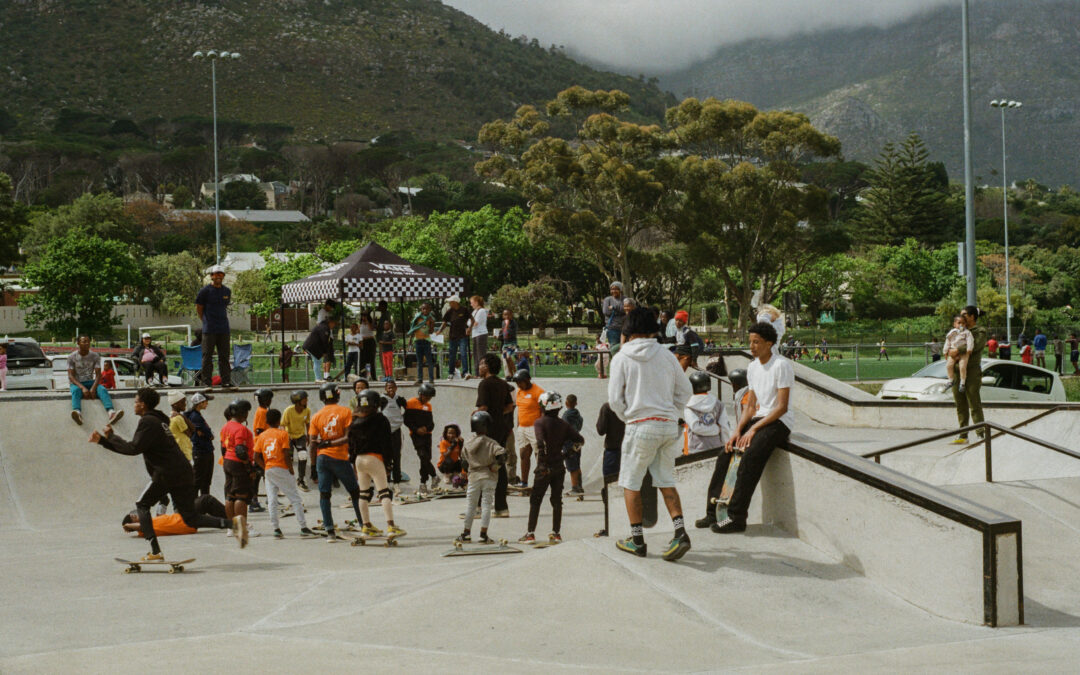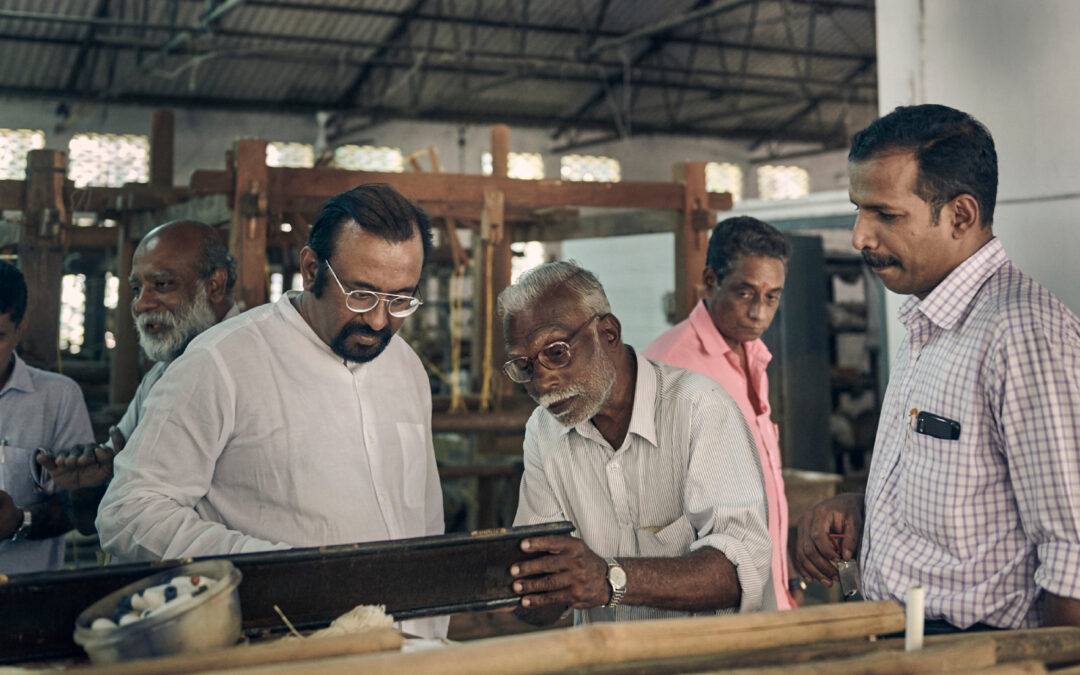In the bustling heart of Kantamanto Market in Accra, Ghana—one of the largest secondhand clothing markets in the world—an active revolution is taking place. Every week, nearly 15 million garments, mostly discarded fast fashion from the Global North, arrive there by the bale. Around 30 000 traders rely on this influx to earn a living—buying, repairing, reselling, or upcycling what they can. But the odds are stacked against them: roughly 40% of each shipment is made up of unsellable garments, often ending up in open dumps, illegal landfills, or polluting the sea.
For many, the trade is a gamble that rarely pays off. Traders go into debt buying bales with only a fraction of usable clothing and as environmental and economic costs rise, only about 20% manage to make a profit. The burden of the Global North’s overconsumption has become Ghana’s waste crisis—a stark case of what activists call ‘waste colonialism’.
In this harsh reality, an important movement is emerging. One such creative and practical force is ‘The Revival’, a textile activism initiative founded by Yayra Agbofah, Winner of the 2025 Global Change Award. “The Revival was born out of urgency, frustration and pain,” he says. “I’ve worked in this market for over two decades. I’ve seen the damage caused by secondhand clothing—how it pollutes our environment and destroys local livelihoods.” Yayra and others are reclaiming the narrative, transforming textile waste into opportunity—despite limited resources, fire-damaged infrastructure and an uphill battle against a global system that treats their land as a dumping ground.
Every week, hundreds of tons of secondhand clothing, known locally as obroni wawu—“dead white man’s clothes”—flood into Ghana. Most of these items are donated in the UK, US, Europe, China, passed through sorting facilities and sold to importers and traders down the line. Few realise that behind every garment that ends up in Accra, there is a price—and it’s rarely paid by the original owner.
“There’s a myth that these clothes are donated and come here for free,” Yayra explains. “But we pay for every single piece. Exporters, shipping companies, governments—they all profit. The only one who doesn’t is the trader.”
With declining quality, many of these garments arrive unsellable, such as stained undergarments, but there is a larger issue at play: “The whole system is unjust,” Yayra says. “If it was working, we wouldn’t be having conversations about textile waste filling our landfills and coastlines. The system is broken.”
Yayra’s response was personal and practical. He began picking through piles of discarded clothing, looking for garments that could be salvaged. Some just needed washing, others, a small repair. He started returning the restored pieces to traders who had given up on them. “I’d say, ‘This was about to be thrown away. Now you can sell it.’ People saw the impact. It grew organically from there.”
From this simple act of repair, The Revival emerged. But Yayra saw that change required more than just mending garments—it demanded re-educating an entire system.
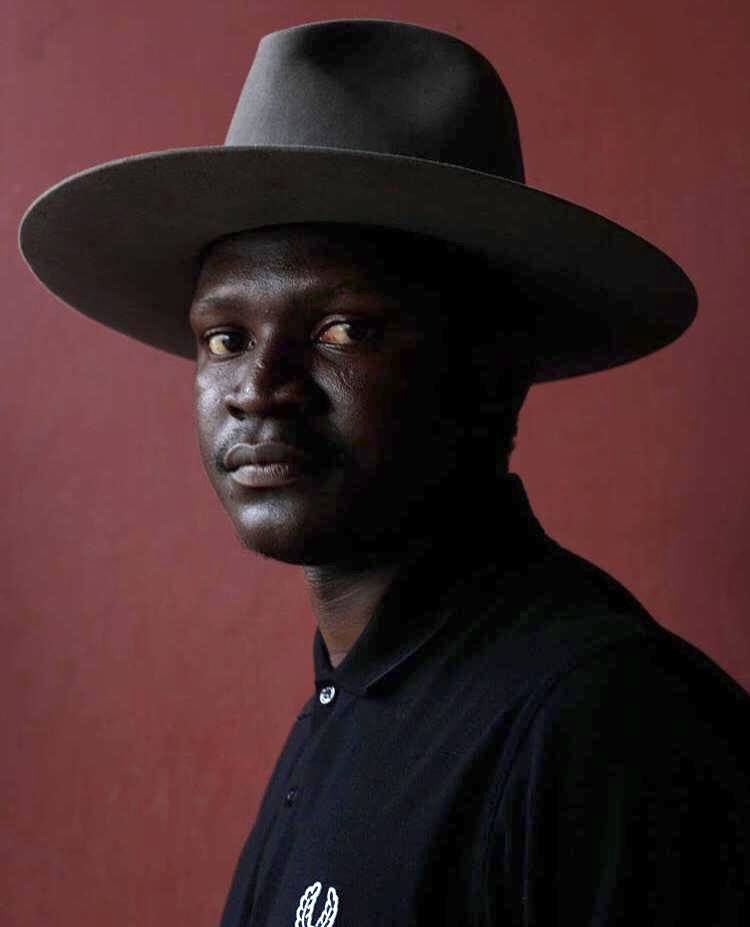
Imagery courtesy of The Revival
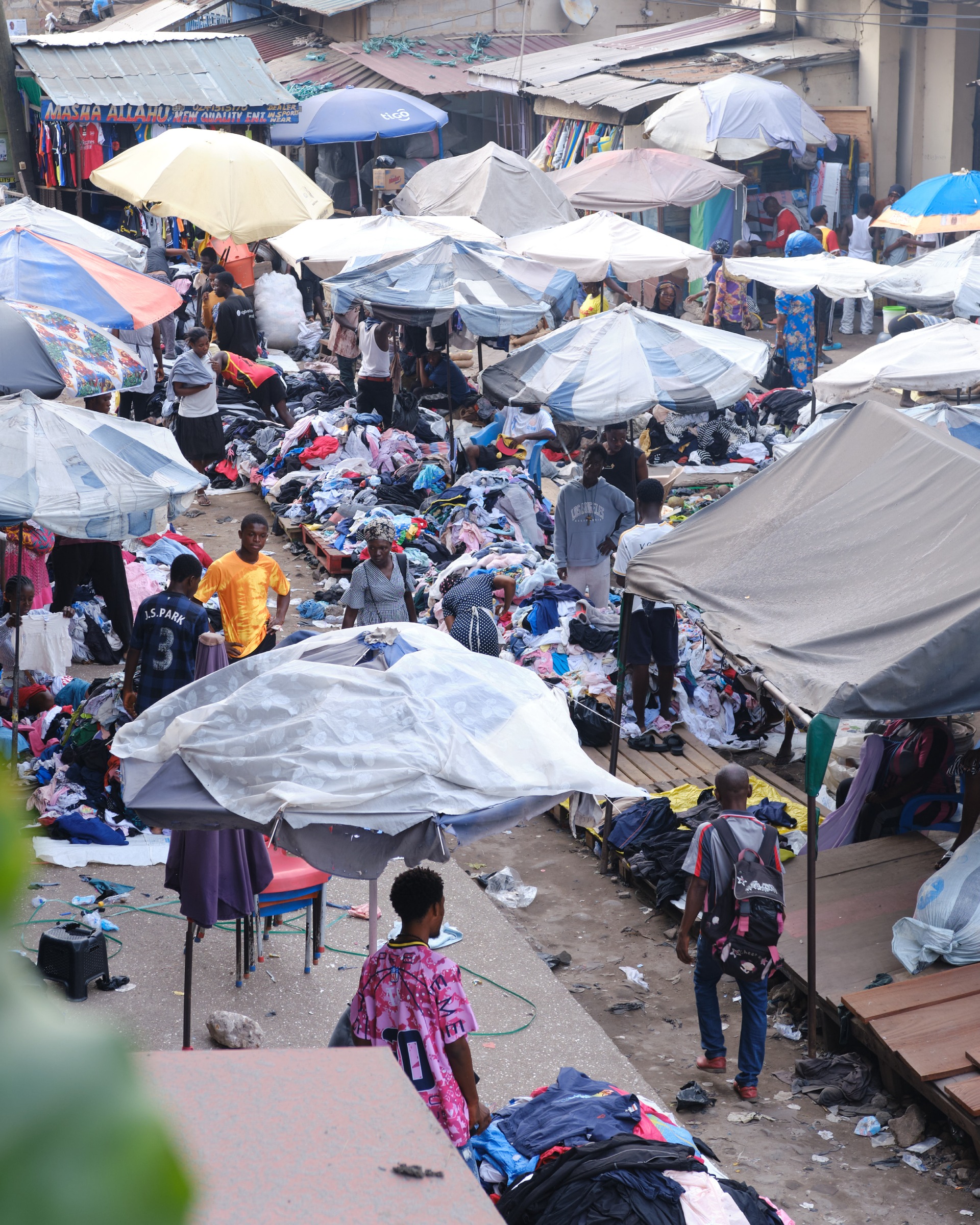
Ghana’s Kantamanto Market. Imagery courtesy of The Revival
“Most people in the market don’t know where the clothes come from, how they’re sorted, or how much waste they create,” he says. “We also need to teach consumers. Overconsumption is part of the problem. If you wear something three times and throw it out, someone else pays the price.”
At the heart of The Revival is a commitment to education, empowerment, and upcycling. Yayra has developed programs that train women in the market—many of whom previously carried heavy 50–70kg bales on their heads—into skilled upcyclers.
“That kind of work causes serious health problems,” he explains. “We’re teaching women how to turn waste into a source of income instead.”
The results are staggering. Since 2018, The Revival has diverted over 12 million garments from landfill. It now runs six upcycling studios in Kantamanto, employs 12 full-time team members and has helped launch two independent businesses in northern Ghana.
The organisation also partners with institutions like Central Saint Martins and London College of Fashion to inform fashion students about the reality of the global secondhand trade and the environmental cost of their industry.
“We’re not reinventing the wheel,” says Yayra. “Repair and sustainability are part of our culture. We’re just amplifying that knowledge—and adapting it to today’s challenges.”
The Revival doesn’t just work with fashion, it works in the design and art space too. In Yayra’s hands, waste becomes a medium for creativity, storytelling and cultural memory. “We use design to show that waste isn’t just pollution—it’s potential,” he says. “It’s a resource. And it can be beautiful.” Yayra envisions a future where upcycling is embedded in Ghana’s creative economy, as a formal industry creating jobs and environmental restoration.
Some challenges along the way, however, cannot be predicted. At 2am on January 2nd 2025, Yayra received a phone call which explained that there was a fire at Kantamanto Market which was raging through the stalls, incinerating livelihoods, merchandise and crucial equipment, like sewing machines.
“It was the worst possible start to the year,” says Yayra. “People had just stocked up for the new year—one of the busiest times in the market. So much was burned to the ground.”
For many, the market is tied to a home, family, history and the sole source of income. Some traders lost everything they had: unsold goods, shop structures, even items bought on credit yet to be paid off.
In the aftermath of the blaze, The Revival quickly mobilised to address both the logistical and emotional fallout. First came emergency response: delivering food, clean water, medical assistance and support for families who lost loved ones.
“We provided protective gear, tools, and labor to clear debris and start rebuilding,” says Yayra. “This market is everything for the people here. Rebuilding wasn’t optional—it was urgent.”
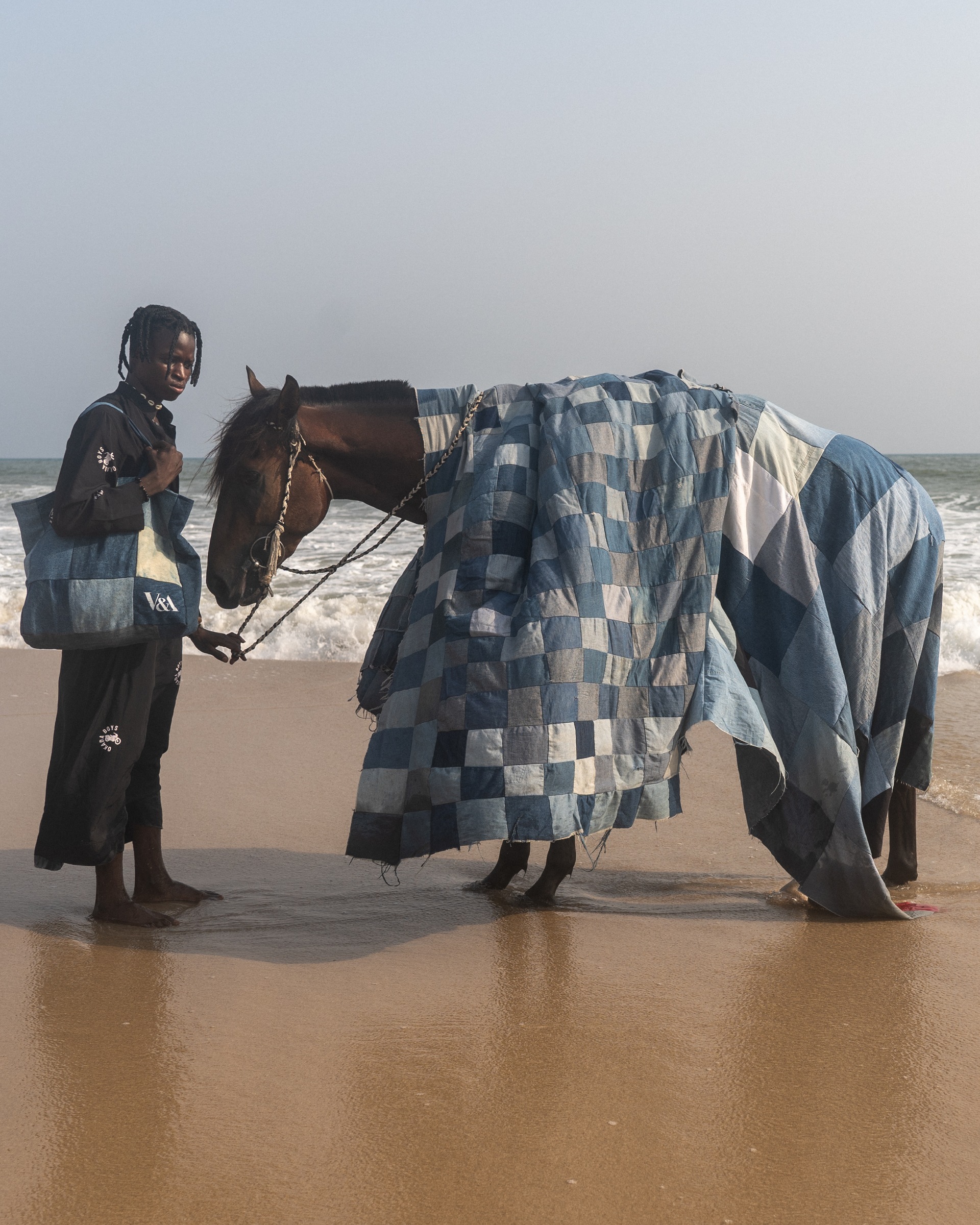
Collaboration between The Revival x V&A Museum. Imagery courtesy of The Revival
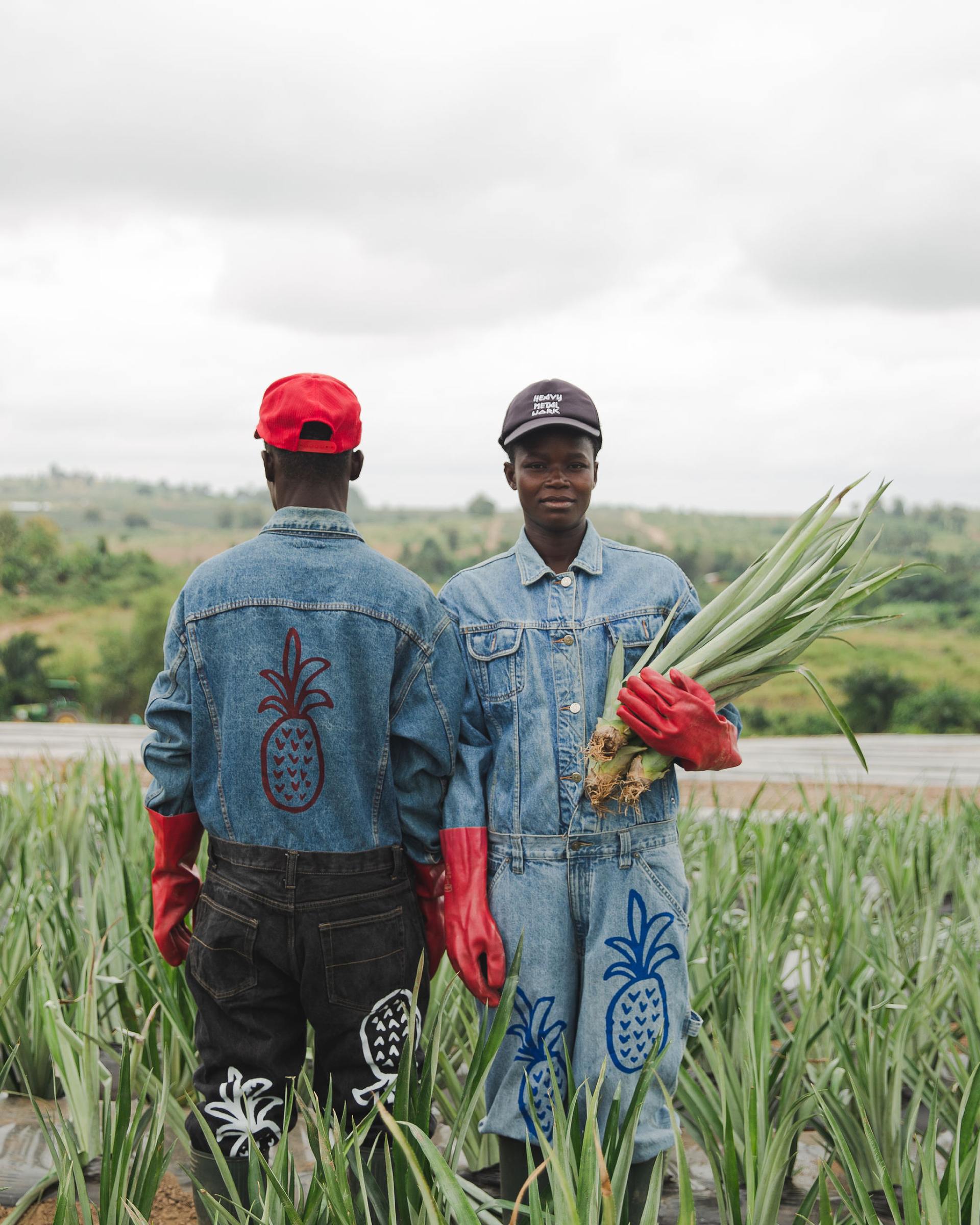
Imagery courtesy of The Revival
The team launched an online fundraiser, drawing donations that helped replace and restock some of the lost inventory. They installed solar-powered street lights to restore safety and visibility. One of The Revival’s spaces had been affected by the fire, but others remained intact which were quickly converted into temporary shelters for displaced traders and porters who slept in the market. “Some traders were so traumatised they couldn’t return. We worked with psychologist friends to help them heal, to bring them back. We gave them startup capital, helped them rebuild their shops, and even negotiated with importers to subsidise clothing prices so people could restart their businesses.”
Despite the unity shown on the ground, Yayra is clear-eyed about the global dynamics at play, sharing, “The saddest part? The same week the market burned, new containers of clothes were arriving—still coming in like nothing happened,” he says. “It shows how cruel the fashion industry really is. Brands just keep selling. No accountability, no care.”
For decades, Kantamanto has played a quiet but crucial role in the global fashion system—processing the consequences of overconsumption, absorbing waste, and keeping garments in circulation. Yayra and his team have worked tirelessly to extend the life of clothes originally made by global superbrands like H&M, Zara and Shein.
“We try to keep these clothes in circularity. We try to deal with their waste. But when we needed support, most brands were silent,” he says. “Not a single effort to help rebuild. Yet the money they make is astronomical.”
Despite the heartbreak, the response from the community has been extraordinary. Kantamanto is rebuilding. “This fire showed us the power of unity, of resilience,” says Yayra. “The people here don’t give up. And the relevance of Kantamanto—within the global fashion ecosystem—has never been clearer.”
The crisis revealed deep cracks in the system: in global supply chains, in fashion accountability and in how the world values the people who absorb its waste. For Yayra and The Revival, the fire was a call to rebuild, with justice and equity at the core.
We ask Yayra what the world still gets wrong about secondhand clothing, and he doesn’t hesitate: “People think once they donate something, the problem is solved,” he says. “It’s out of sight, out of mind. But the truth is, when that garment leaves your wardrobe, it starts a whole new journey.”
For many consumers in the Global North, clothing donation is seen as an act of generosity. For Yayra, who’s spent years at Ghana’s resale markets, it’s part of a broken global loop—one that pushes the burden of overconsumption onto communities thousands of kilometers away. “Your donation might end up on a beach in Ghana, it doesn’t just disappear.”
While The Revival’s roots are firmly grounded in Ghana, Yayra understands the importance of global collaboration. Partnerships with institutions like Fibrelab and the V&A Museum have helped elevate The Revival’s work, reaching audiences in the Global North who often remain disconnected from the consequences of their consumption.
“These collaborations are essential,” Yayra shares. “The problem is global, and it requires collective solutions. We’re exchanging knowledge, building solidarity and expanding impact.”
Through artist residencies, exhibitions and knowledge-sharing initiatives, The Revival has helped shape conversations on circular fashion far beyond Ghana’s borders. But the goal has never been visibility for visibility’s sake.
“Without collaboration, we wouldn’t be where we are,” he says. “It’s not a one-man solution. It has to be collective.”
One of The Revival’s most compelling projects is its design work—not just high-concept fashion, but functional clothing for workers like pineapple farmers, reimagined from discarded denim.“Functionality determines longevity,” Yayra explains. “If something only has one purpose, it becomes waste quickly. But if it serves multiple needs, it lasts.”
From Japanese kimono-inspired jackets (a best-seller in the UK) to Indian workwear silhouettes and local Ghanaian cultural influences, The Revival’s designs draw inspiration from around the world.
For the next generation of purpose-driven creatives, Yayra offers a simple but urgent piece of advice: “Don’t do it because it’s viral. Know why you’re doing this. Understand the material. Understand who you’re impacting.” Too many jump on the ‘upcycling’ trend without grasping its depth. “We treat textile waste like it’s a new material. Like it just arrived from the factory,” he says. “That mindset changes everything.”
In 2025, The Revival is expanding its vision once again with the launch of a Circularity Lab in Kantamanto Market—an ambitious project focused on textile recycling R&D. While upcycling remains core to their work, Yayra knows it’s not enough. The lab will explore ways to transform textile waste into bricks, paper and other usable materials, creating new industries, jobs and possibilities for circular innovation in Africa.
We ask Yayra about his proudest moment with The Revival. He shares that women who once earned less than a dollar a day carrying 70kg bales of clothing on their heads, exposed to physical injury and exploitation now have support. “We took some of these women off the street, trained them in upcycling,” he says. “Now they call themselves designers.” One of them, who had never used a computer, is now a graphic designer for the organisation.
As the conversation comes to a close, Yayra leaves us with a call to action: “We are all global citizens. That means we all have a responsibility to care for this planet. To make conscious, responsible decisions. Nature heals itself. Nature gives us the chance to rebuild and if we act with love, we can make it right again.”
Kantamanto Market may stand thousands of kilometers from the high streets and shopping malls of the Global North, but it sits squarely at the center of the global fashion economy’s consequences. Through The Revival, Yayra is not only confronting the mounting crisis of textile waste, but is reframing it as a catalyst for creativity, justice and systemic change. In a world eager to discard, The Revival reminds us that true sustainability starts with accountability, empathy and imagination.
This is not a Ghanaian issue, it is a global one. So, if waste can be reimagined, so too can the systems that created it.
“Style is key,” he says. “Because style changes perception. When people see how beautiful an upcycled garment can be, they stop seeing it as waste.”
Learn more about The Revival and support their work here
Follow The Revival on Instagram here
View The Revival’s collaboration with V&A Museum here
Written by Grace Crooks
For more news, visit the Connect Everything Collective homepage www.ceconline.co.za

